
Air Diffusers Definition: Your Go-To Resource for Understanding
- By:hqt
- 2024-05-16
- 29
Uncover the fundamentals of air diffusers with our comprehensive overview. Delve into the Air Diffuser Definition, various types, and crucial functionality of these devices, pivotal for effective air circulation within HVAC systems. Discover insights into design considerations, installation procedures, maintenance practices, and the wide-ranging benefits across industries. Experience the pathway to enhanced indoor air quality and occupant comfort through E-ZONG's specialized expertise in air diffuser solutions.
Introduction to Air Diffusers
1.1 Air Diffuser Definition
Air diffusers are devices designed to distribute air evenly throughout a space, typically as part of a heating, ventilation, and air conditioning (HVAC) system. These devices help regulate airflow, temperature, and humidity, ensuring optimal comfort levels for occupants in residential, commercial, and industrial settings.
1.2 Historical Evolution
The concept of air diffusion goes back centuries. Early forms of diffusers were used in ancient civilizations to circulate air in homes and buildings. Over time, advances in engineering and technology have led to the development of more complex air diffuser systems. It combines the principles of fluid dynamics and aerodynamics.
1.3 Importance in Ventilation and HVAC Systems
Air diffusers play a crucial role in maintaining indoor air quality and comfort by distributing conditioned air effectively throughout a building. They help regulate temperature variations, reduce air stratification, and mitigate the buildup of pollutants, allergens, and odors. In HVAC systems, diffusers also aid in energy efficiency by optimizing airflow and reducing the workload on heating and cooling equipment.
Types of Air Diffusers
2.1 Ceiling Diffusers
Ceiling diffusers are one of the most common types of air diffusers. Mounted on the ceiling, it delivers conditioned air downward into the room. They come in a variety of designs, including square, rectangular, and round. Equipped with adjustable blades or vanes to control the direction and speed of airflow.
2.2 Floor Diffusers
Floor diffusers are installed at floor level to supply air upwards, typically in spaces where traditional ceiling-mounted diffusers are impractical or aesthetically unappealing. They are commonly used in underfloor air distribution systems and in areas with high ceilings or specific airflow requirements.
2.3 Wall-Mounted Diffusers
Wall-mounted diffusers are installed on walls to distribute air horizontally or diagonally across a room. They are often used in conjunction with ceiling diffusers to achieve uniform airflow patterns and improve ventilation effectiveness in large or irregularly shaped spaces.
2.4 Slot Diffusers
Slot diffusers feature narrow slots or openings along their length, allowing air to be discharged in a linear pattern. They are suitable for installations on walls, ceilings, or floors and are favored for their sleek, unobtrusive appearance and versatility in architectural designs.
2.5 Round Diffusers
Round diffusers are circular in shape and provide 360-degree air distribution. They are commonly used in residential and commercial applications, such as offices, classrooms, and retail spaces, where a uniform airflow pattern is desired without compromising aesthetics.
2.6 Swirl Diffusers
Swirl diffusers incorporate a helical or radial airflow pattern, creating a swirling motion that helps improve air mixing and distribution. They are ideal for spaces with high ceilings or where stratification of air temperature is a concern, such as auditoriums, atriums, and sports arenas.
Functionality and Operation
3.1 How Air Diffusers Work
Air diffusers operate by receiving conditioned air from the HVAC system and distributing it evenly throughout a space. The Air Diffuser Definition's design and configuration, including its shape, size, and blade orientation, influence the airflow pattern and velocity, ensuring efficient air distribution and comfort.
3.2 Principles of Air Diffusion and Distribution
Air diffusion involves the dispersion of air particles within a space, influenced by factors such as air velocity, temperature differentials, and room geometry. Diffusers are designed to promote laminar or turbulent airflow, depending on the desired airflow characteristics and application requirements.
3.3 Factors Affecting Performance
Several factors impact the performance of air diffusers, including the airflow rate supplied by the HVAC system, the size and shape of the diffuser openings, and the velocity of the air discharged. Proper selection and sizing of diffusers are essential to achieve desired airflow patterns, minimize air resistance, and optimize energy efficiency.
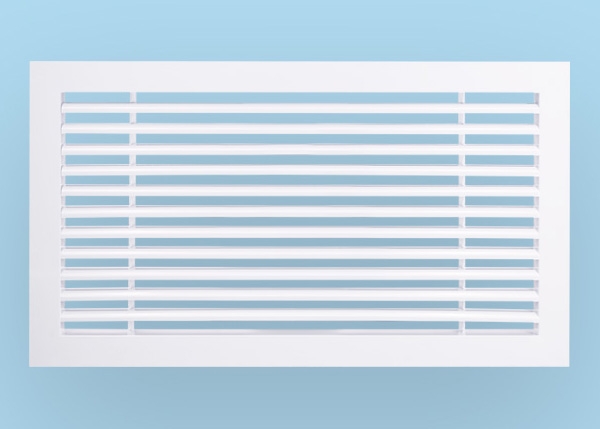
Design Considerations
4.1 Importance of Proper Diffuser Selection
Selecting the right air diffuser is crucial for ensuring efficient air distribution within a space. The choice of diffuser type, size, and configuration directly impacts indoor air quality, comfort levels, and energy consumption. Proper diffuser selection involves considering various factors to achieve optimal performance and occupant satisfaction.
4.2 Factors Influencing Diffuser Design
Several factors influence the design of Air Diffuser Definition, including room size, ceiling height, air conditioning load, and architectural constraints. The size and shape of the diffuser openings, as well as the arrangement of blades or vanes, are tailored to suit specific airflow requirements and environmental conditions. Additionally, considerations such as noise levels, aesthetic preferences, and budget constraints may also influence diffuser design decisions.
4.3 Role of Diffuser Design in Air Quality and Comfort
The design of air diffusers plays a crucial role in achieving desired air quality and comfort levels within a space. Properly designed diffusers facilitate uniform airflow distribution, minimize air stratification, and prevent drafts or hotspots. By controlling air velocity, direction, and dispersion, diffusers help maintain consistent temperature and humidity levels, thereby enhancing occupant comfort and well-being.
Installation and Maintenance
5.1 Steps Involved in Installing Air Diffusers
The installation of air diffusers involves several steps to ensure proper functionality and performance. This includes selecting suitable mounting locations based on airflow requirements and architectural considerations, cutting or drilling openings for diffuser installation, and securing diffusers in place using appropriate fasteners or mounting brackets. Careful attention should be paid to alignment and sealing to prevent air leakage and ensure efficient operation.
5.2 Proper Positioning and Placement
Proper positioning and placement of air diffusers are essential for optimizing airflow distribution and minimizing air resistance. Air Diffuser Definition should be strategically located to ensure even coverage of conditioned air throughout the occupied space, taking into account factors such as room layout, furniture placement, and occupant preferences. Additionally, diffusers should be positioned away from obstructions such as walls, partitions, or other HVAC equipment to prevent airflow disruption.
5.3 Maintenance Practices
Regular maintenance is necessary to ensure the longevity and efficiency of air diffusers. This includes cleaning diffuser surfaces and internal components to remove dust, dirt, and debris that can accumulate over time and impede airflow. Inspecting diffusers for signs of wear or damage, such as bent blades or corroded surfaces, and promptly addressing any issues can help prevent performance degradation and prolong the service life of the equipment. Additionally, scheduling routine inspections and servicing by qualified technicians can identify potential problems early and prevent costly repairs or replacements.
Benefits and Applications
6.1 Advantages of Using Air Diffusers in HVAC Systems
Air diffusers offer several advantages in HVAC systems, including improved indoor air quality, enhanced occupant comfort, and energy efficiency. Diffusers help maintain consistent temperature and humidity levels by efficiently distributing conditioned air. Reduce airborne pollutants and eliminate hot spots or cold drafts. This not only creates a more comfortable and healthy indoor environment. Energy consumption and operating costs are also reduced by optimizing HVAC system performance.
6.2 Applications Across Various Industries
Air diffusers find applications across various industries, including residential, commercial, and industrial sectors. In residential buildings, diffusers are used in HVAC systems to regulate airflow and temperature in living spaces, bedrooms, and common areas. In commercial buildings such as offices, retail stores and healthcare facilities. Diffusers are vital to maintaining a comfortable working environment and ensuring occupant satisfaction. In industrial settings, diffusers are used in ventilation systems to control air quality and temperature in manufacturing facilities, warehouses, and production areas.
6.3 Contribution to Energy Efficiency and Occupant Comfort
Air diffusers play a significant role in improving energy efficiency and occupant comfort in buildings. By efficiently distributing conditioned air. Diffusers can help reduce energy consumption by optimizing heating and cooling loads and minimizing the need for supplemental heating or cooling. Additionally, by ensuring even airflow distribution and eliminating temperature differences. Diffusers can create a more comfortable and balanced indoor environment, improving productivity and well-being of building occupants.
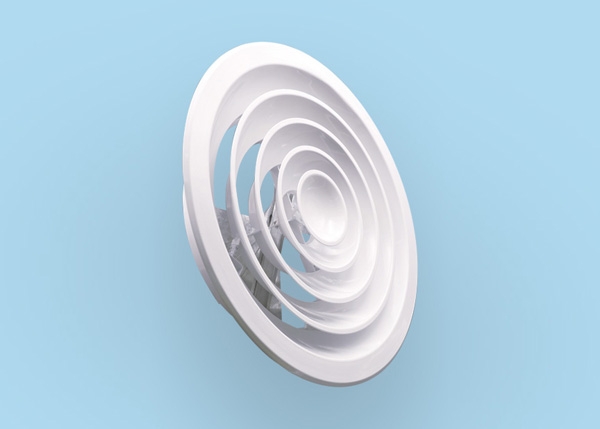
Conclusion
In conclusion, air diffusers are integral components of ventilation and HVAC systems, responsible for maintaining indoor air quality, comfort, and energy efficiency. With a variety of types and configurations available, air diffusers offer versatile solutions for achieving optimal airflow distribution in diverse building environments.
-
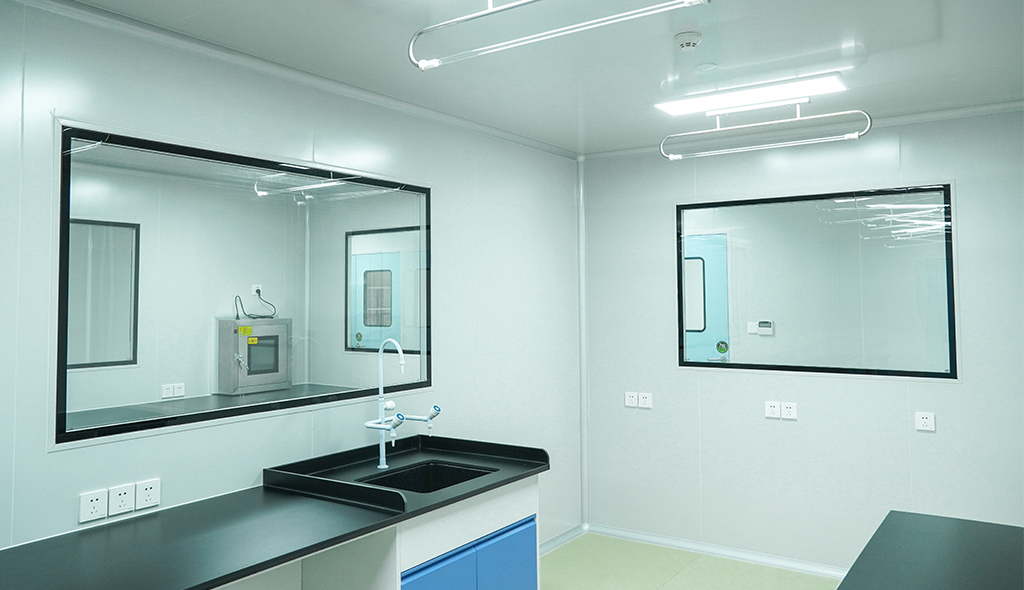 Cleanroom Glass Windows Are The Key to Maintaining a Clean Environment
Cleanroom Glass Windows Are The Key to Maintaining a Clean Environment -
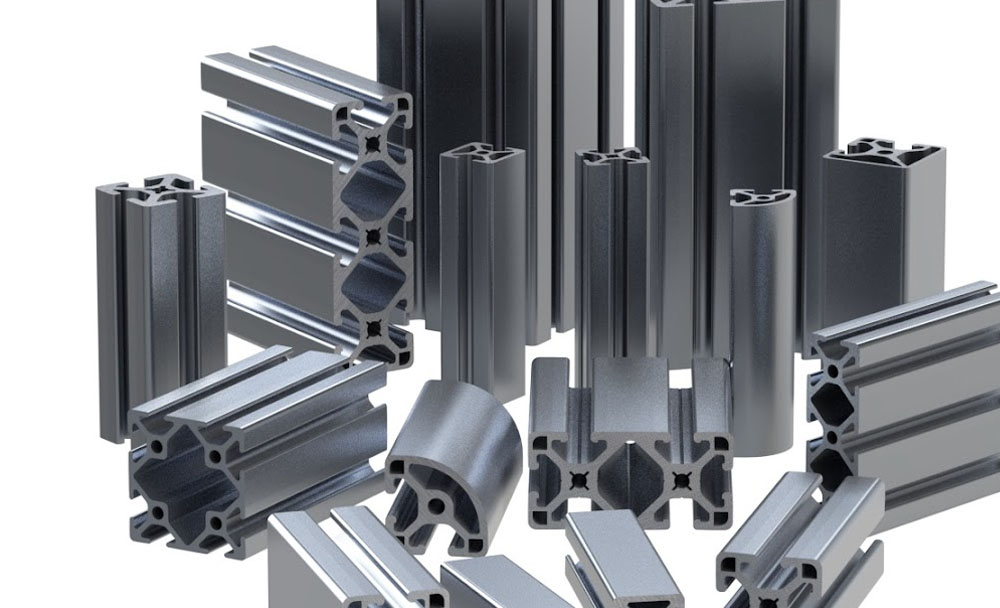 Top Aluminium Profile Manufacturers in China: Leading the Global Market
Top Aluminium Profile Manufacturers in China: Leading the Global Market -
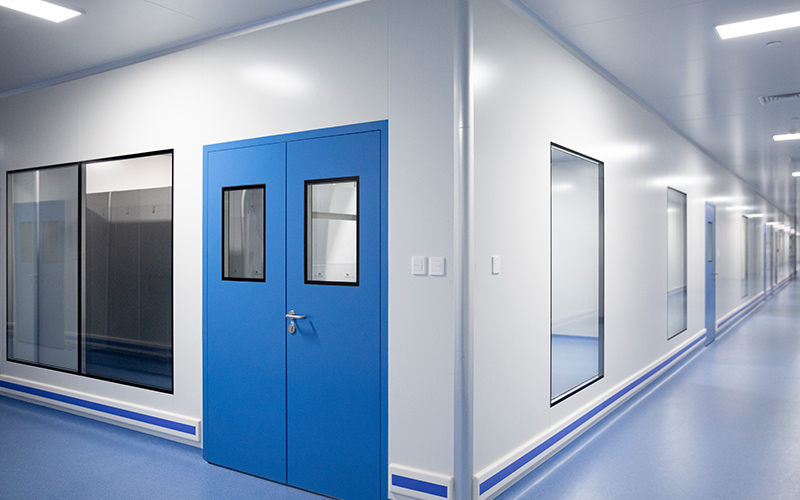 The Evolution of Air Tight Sliding Doors
The Evolution of Air Tight Sliding Doors -
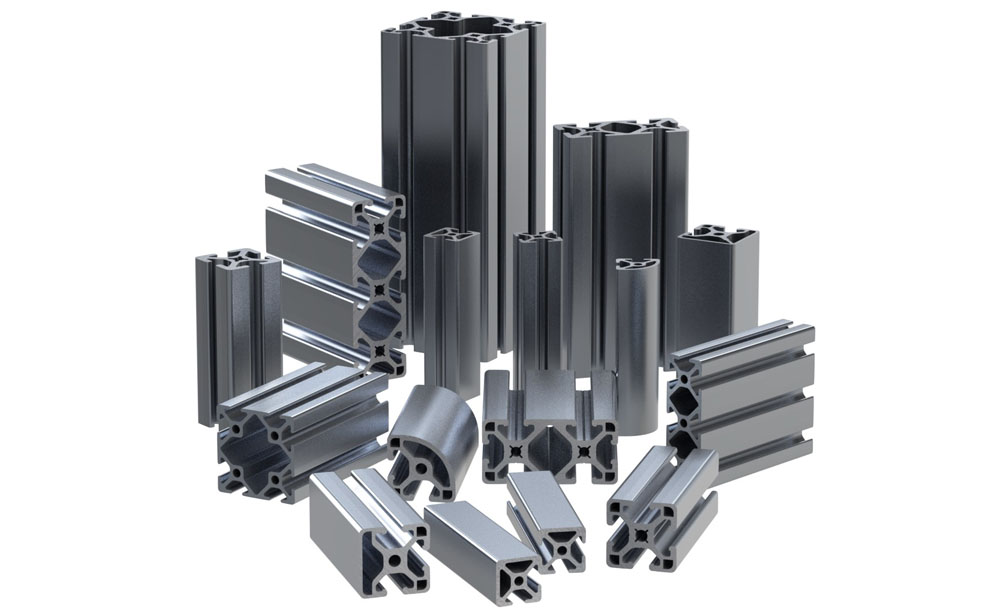 AHU Aluminium Profile: A Comprehensive Guide
AHU Aluminium Profile: A Comprehensive Guide -
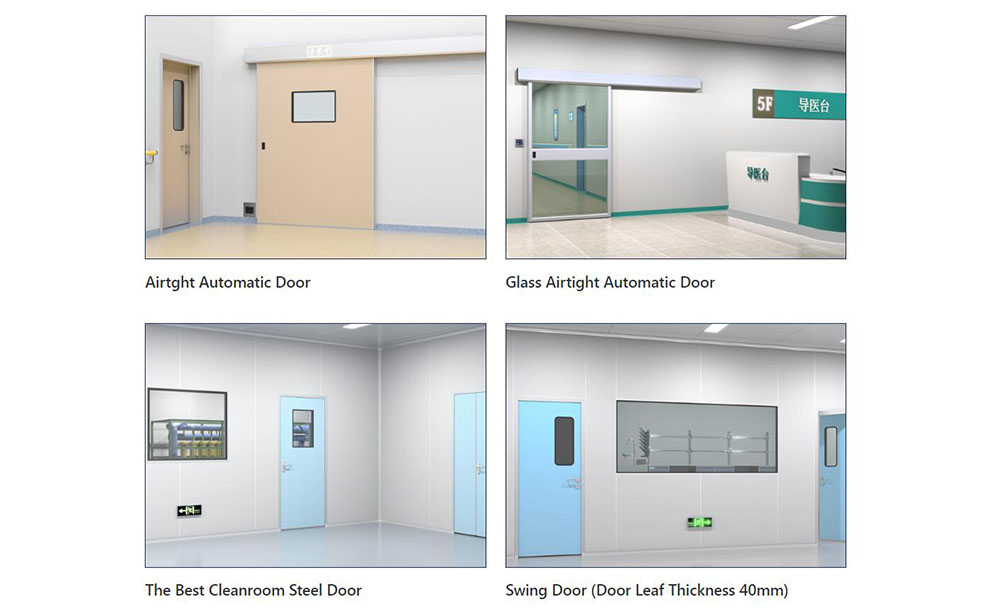 The Importance of Choosing the Right Cleanroom Door in Vietnam
The Importance of Choosing the Right Cleanroom Door in Vietnam -
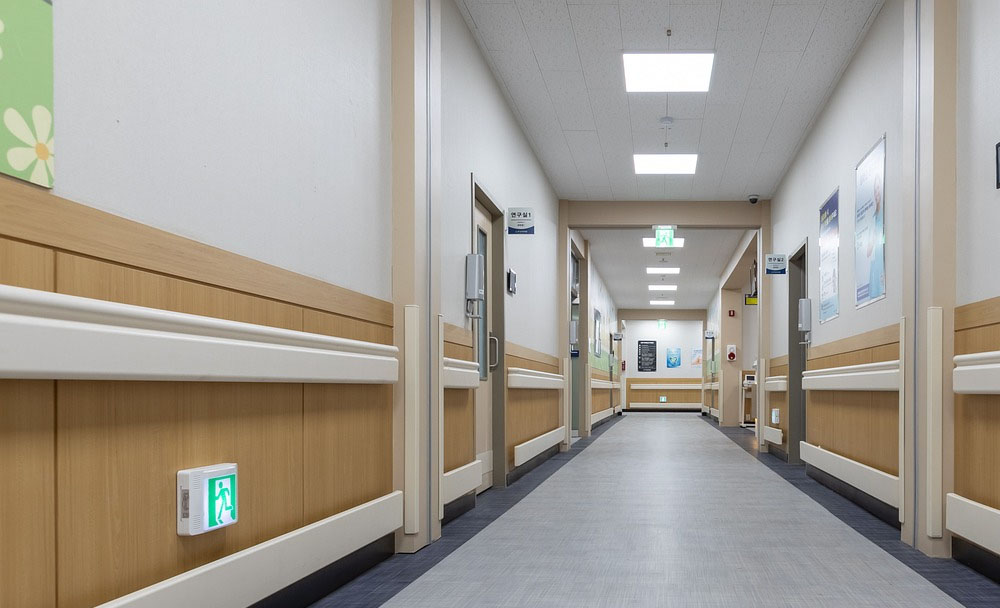 The Benefits of Hospital Automatic Doors: Enhancing Efficiency and Safety
The Benefits of Hospital Automatic Doors: Enhancing Efficiency and Safety -
.jpg) The Best Bathroom Door Manufacturers - Unlocking Endless Possibilities!
The Best Bathroom Door Manufacturers - Unlocking Endless Possibilities! -
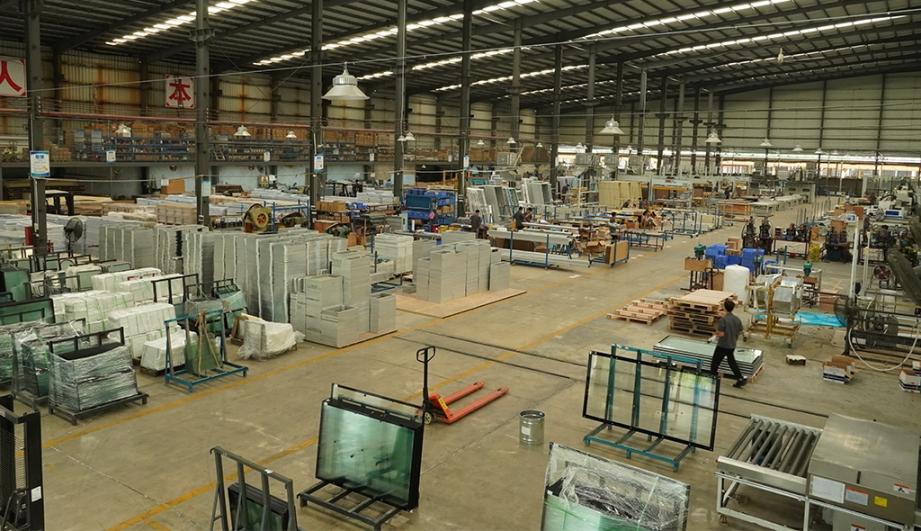 Unlock the Possibilities with AJ Manufacturing Doors
Unlock the Possibilities with AJ Manufacturing Doors -
 Make a Statement with Manufactured Home Interior Doors!
Make a Statement with Manufactured Home Interior Doors! -
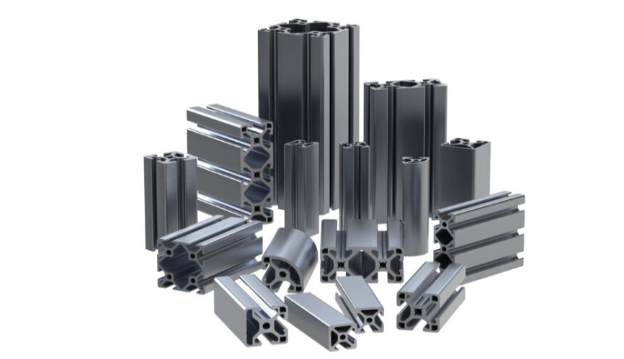 what is aluminum profile? Aluminum Profiles for Your Home is the best option
what is aluminum profile? Aluminum Profiles for Your Home is the best option
-
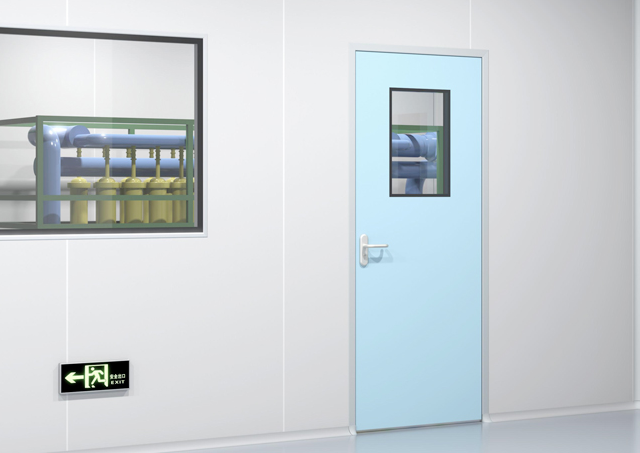 Next-Gen Medical Cleanroom Access: Introducing the Cleanroom Steel Door Solution
Next-Gen Medical Cleanroom Access: Introducing the Cleanroom Steel Door Solution -
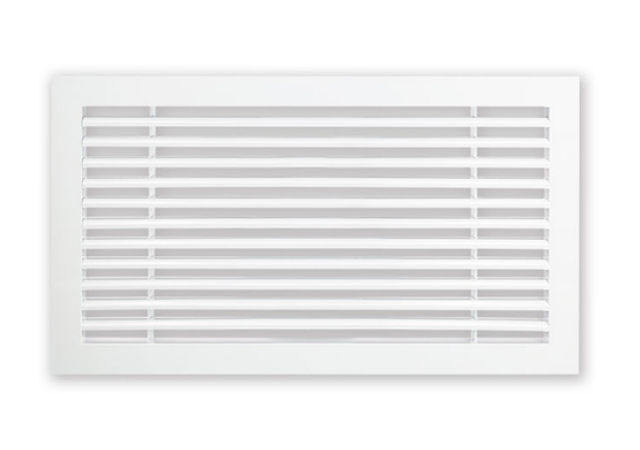 Linear Bar Grille Air Conditioning Diffuser with 0° Angle Blades for Perfect Airflow
Linear Bar Grille Air Conditioning Diffuser with 0° Angle Blades for Perfect Airflow -
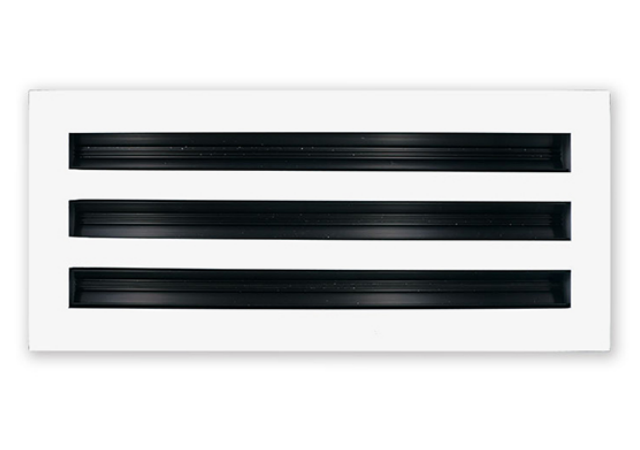 The Sleek and Efficient Linear Slot Diffuser for Air Vent
The Sleek and Efficient Linear Slot Diffuser for Air Vent -
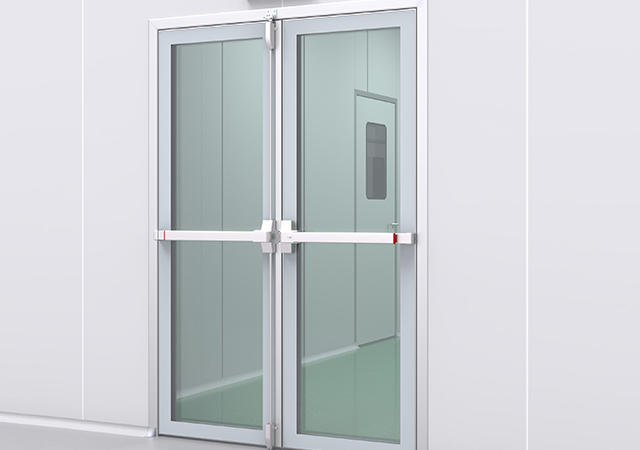 Double-Swing Glass Doors - Modern Laboratory Cleanroom Doors
Double-Swing Glass Doors - Modern Laboratory Cleanroom Doors -
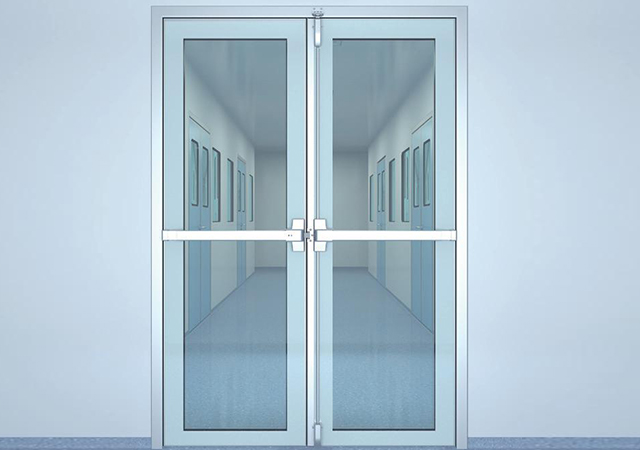 Superior Aluminium Glass Swing Door - Pharmaceutical Cleanroom Door
Superior Aluminium Glass Swing Door - Pharmaceutical Cleanroom Door -
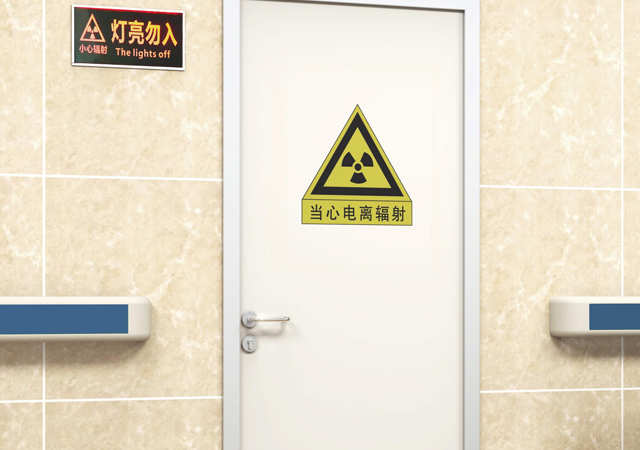 E-ZONG Leads the Way in China's Medical Lead Protection Doors: Innovation for Safety and Efficiency
E-ZONG Leads the Way in China's Medical Lead Protection Doors: Innovation for Safety and Efficiency -
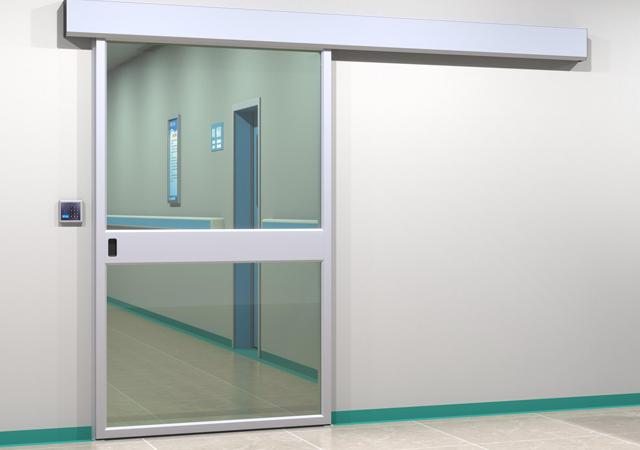 E-ZONG: Leading the Suppliers of Glass Airtight Automatic Doors for Safer, Cleaner Spaces
E-ZONG: Leading the Suppliers of Glass Airtight Automatic Doors for Safer, Cleaner Spaces -
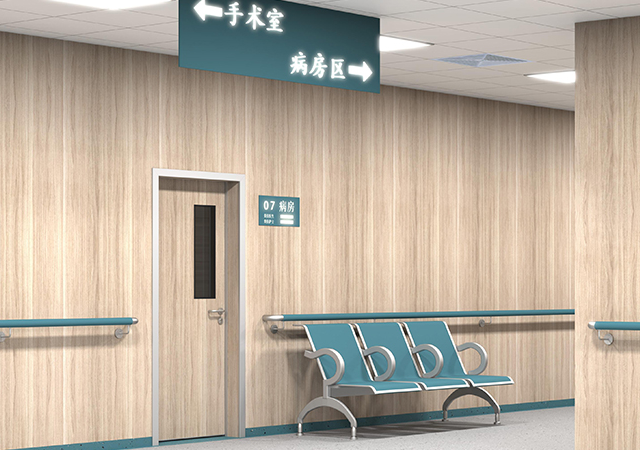 How Wall Air-Tight Swing Doors Ensure Clean Environments With Secure & Silent
How Wall Air-Tight Swing Doors Ensure Clean Environments With Secure & Silent -
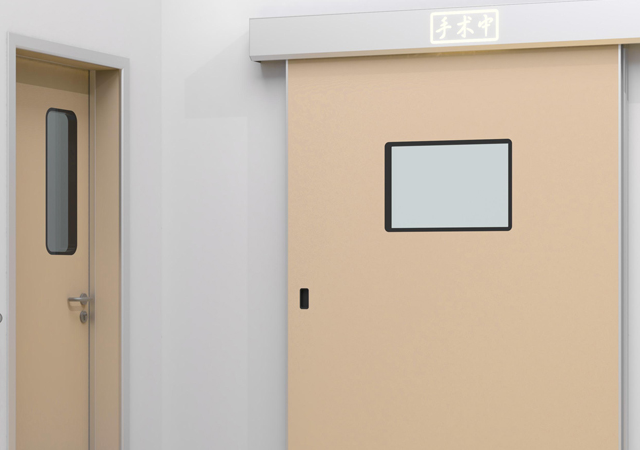 Seamless Automatic Cleanroom Sliding Doors: Smooth, Safe, and Hygienic Solutions
Seamless Automatic Cleanroom Sliding Doors: Smooth, Safe, and Hygienic Solutions -
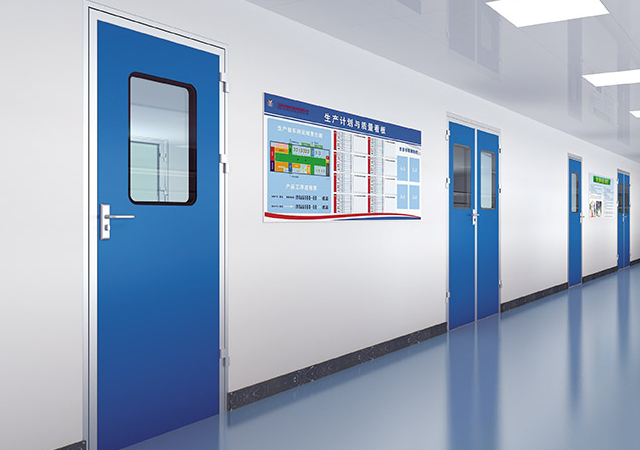 Elegant & Durable: Premium Swing Door Protection for Hospitals
Elegant & Durable: Premium Swing Door Protection for Hospitals

Guangzhou Yizhong Aluminum Industry Co., Ltd.
We are always providing our customers with reliable products and considerate services.
We are always providing our customers with reliable products and considerate services.
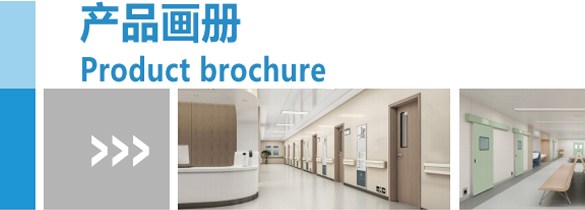









Speak Your Mind